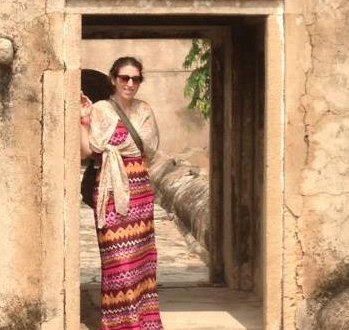Tips for Conducting Research in rural Gujarat
This week our blog is courtesy of Rachel, one of our Summer Fellows. In addition to her other projects, Rachel conducted research for her master’s thesis at Columbia Teacher College. Her topic was teacher absenteeism. Make sure you sign up on our mailing list to find out when our application round opens for Summer 2014.
I never thought doing research in India would be easy, but I couldn’t predict just how complicated it would be. One of the most important lessons I learned doing research in Gujarat was to account for differing cultural communication styles. Typically, people in the U.S. are direct. Ask a straightforward question, and you should receive a straightforward answer. In India, it’s a bit more complicated than that. Ask a straightforward question and you’ll get an answer to a question you never asked. Issues of language comprehension aside, I found it necessary to ask questions a few different times and in a few different ways. Often one person would give contradictory answers each time I asked the same question. This made drawing conclusions difficult since it was hard to obtain clear answers.
Making my study comprehensive was also difficult since it can take a long time to travel short distances, and since you must always account for a few hours of unanticipated extra time at any site visited. This time is often consumed with compulsory chai breaks, tours of the school, class observations, making a speech to the students, and just waiting for the necessary parties to be ready. And there is almost nothing you can do to speed up the process – it would alter the atmosphere too much and make the research more difficult to conduct.
People are very accommodating. No principal refused to speak with me, and each allowed me to give my survey to as many teachers as I could access. I was unable, however, to monitor the teachers when they completed my surveys. In the U.S., I would assume it unnecessary to tell the teachers not to consult one another and to answer the questions on their own. I should not have assumed this in India. Many of the survey answers were identical to one another, indicating that teachers filled them out collectively. Thus, it is difficult to draw concrete conclusions from my research, as the surveys may not adequately represent teacher opinions. What it does teach, though, is a strong lesson in cultural awareness. While my surveys may not be as accurate as I would have liked, I learned a lot about the school culture in India, the role of the teacher, and how the various players interact in school settings.

